What and how to feed carrots in June?
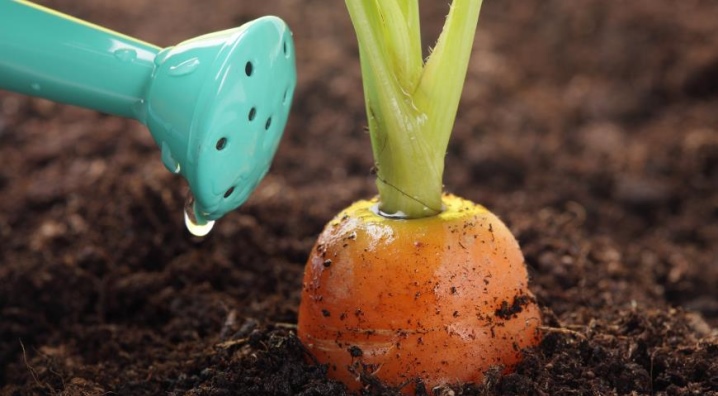
With the development of the market for organic products, many housewives wanted to grow fresh vegetables on their own plots. Despite the fact that carrots are not included in the list of whimsical crops, for its successful cultivation in a summer cottage, you need to know some subtleties.
What do carrots need?
Healthy root growth depends on the crop getting the nutrients it needs at every stage of growth.
In the period after planting, especially in May and June, there is an active growth of greenery, for which the vegetable requires a lot of nitrogen. To increase the immunity of young carrots, elements such as potassium and phosphorus are required. Timely intake of these substances helps to withstand pest attacks and increases the resistance of vegetable crops to diseases. It happens that, despite all efforts, carrots grow poorly.
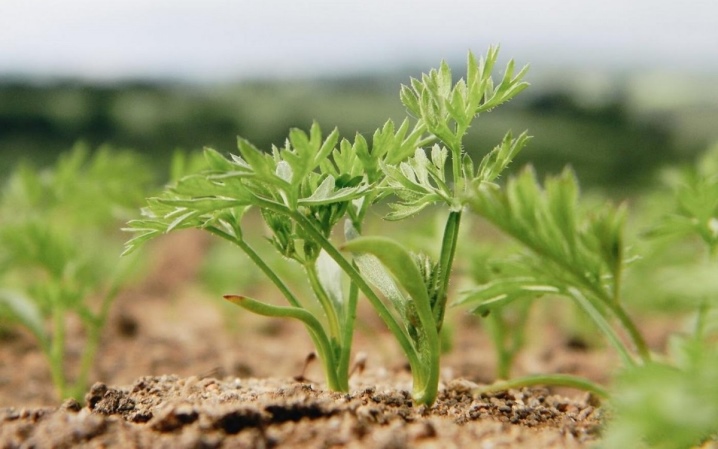
Here is a list of substances that carrots need.
- Phosphorus, which is especially important to use at the end of the first half of summer. Phosphorus contributes to the correct formation of fruits, an increase in their density.
- Potassium required by the root crop during the entire growing season. Correct feeding with potassium helps to regulate the process of photosynthesis and stabilize metabolic processes. It is thanks to potassium that the underground part of carrots is formed, the root crop becomes sweet and juicy.
- Manganese and boron it is customary to use in July. These substances are necessary for the firmness of the middle of the carrot, its health, increase the shelf life, and also to start the process of accumulating sweetness.
Before you start feeding vegetables, it is important to understand exactly which nutrients the crop is lacking for proper growth. Certain signs in appearance can indicate which fertilizer to use:
- yellowing of leaves, a change in their size, a weakening of the root system indicate a lack of nitrogen;
- the rapid growth of tops with poor development of the root system means that the vegetable crop needs potassium;
- small size and the presence of a reddish tint on the top of the fruit indicates a lack of phosphorus.
Important! A seedling with similar characteristics should be nourished with the right amount of micro- and macroelements in order for it to yield a harvest.
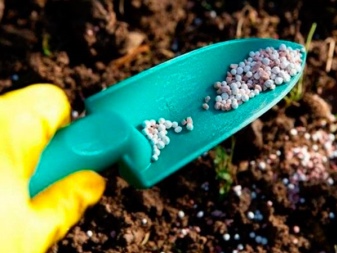

What can you feed?
Even in the case when the carrots were planted in high-quality soil, pre-fertilized with minerals and organic compounds, the vegetable crop requires several additional dressings for the following reasons:
- in order to obtain a large harvest;
- to improve the quality of carrots and shelf life.
Ready-made fertilizers are best suited for feeding vegetables, but folk remedies also work great.
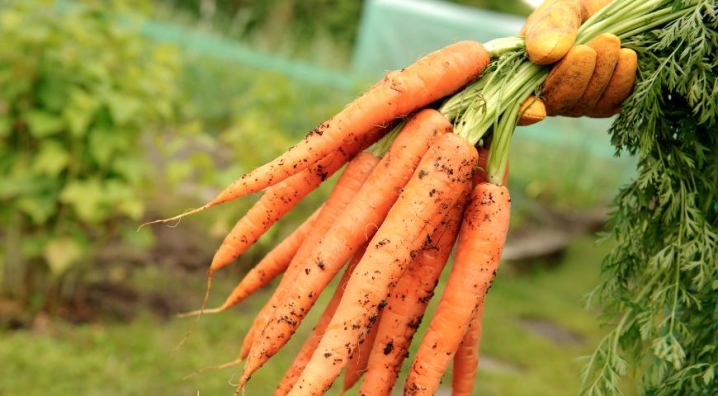
Folk remedies
Many gardeners and gardeners prefer natural fertilizers to ready-made ones.
Nettle benefits almost any horticultural crop by supplying essential nutrients such as iron and magnesium. For feeding, you must first prepare a special infusion:
- well chopped nettle must be placed in a ten-liter bucket so that it fills 2/3 of the container;
- add a glass of wood ash and fill the composition with water;
- cover the bucket with a lid and place in a warm place.
To obtain effective fertilization, the nettle must ferment. The preparation time for such a composition is from 5 days to 2 weeks. It is important to mix the contents of the bucket regularly. The readiness of the infusion will be notified of a marsh shade, an unpleasant smell and foam on the water.
Application: 100 ml of the finished infusion should be poured with 10 liters of water, then pour the carrots under the root.
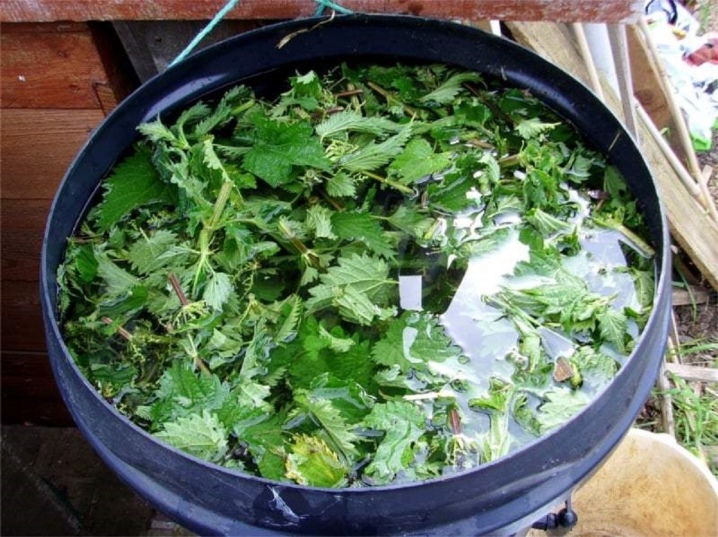
Wood ash is suitable for fertilizing ground carrots at any stage. You can either use it dry or make a special infusion. In June, you can distribute ash to the beds in the amount of 1 glass per square meter. m.
The infusion is prepared very simply:
- add 10 liters of water to 100 grams of ash;
- insist for 6 hours;
- pour the carrots under the root.
Such a composition will supply vegetable crops with all the microelements necessary for the growth of green mass.
In addition, ash perfectly repels garden pests, for the prevention of which you just need to treat the soil with ash every 10 days.
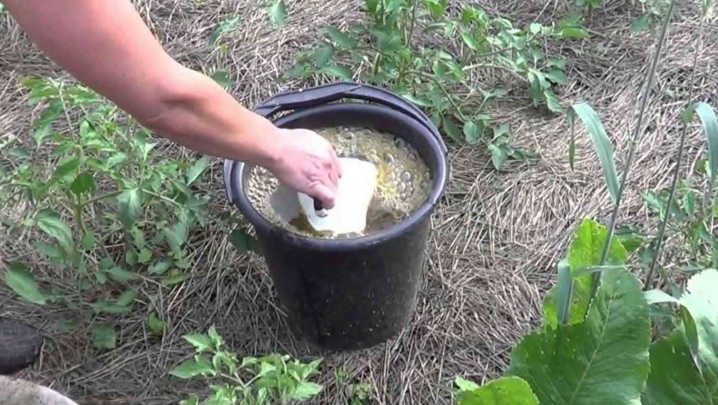
Iodine perfectly repels pests and improves the color and taste of the fruit. You need to feed it three times during the whole season. Application: 0.5 ml of iodine should be diluted in 2 liters of water.
Yeast speeds up the decomposition of organic matter, but is not a fertilizer. It is important to use yeast in moderation to prevent rocky soil.
Solution preparation and application:
- to 100 grams of live yeast, add 2 tbsp. l. sugar and a bucket of water;
- insist for one and a half hours;
- distribute over vegetable beds.
Advice! The best result can be achieved if the carrots are treated with yeast only once at the stage of their development.

Ammonia protects roots from insects and is an excellent source of nitrogen.
Important! When working with ammonia, you need personal protective equipment.
Preparation of the solution: 50 ml of ammonia will need 10 liters of water. Processing is carried out twice: during the growing season and in the second half of July, during the formation of root crops.
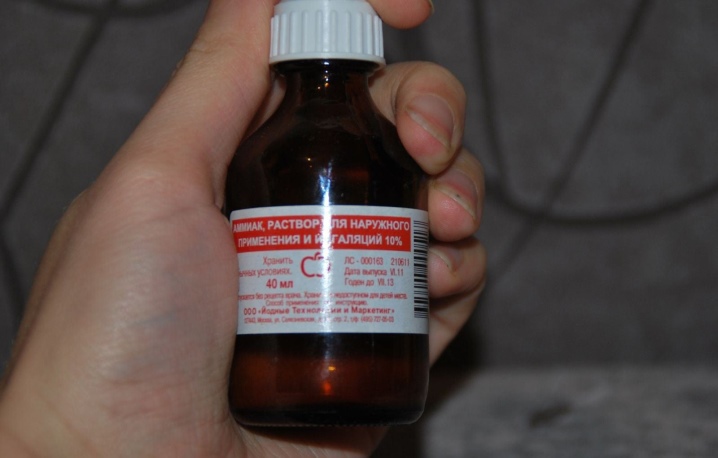
Finished fertilizers
The advantage of ready-made fertilizers is that the number of elements in their composition is already balanced.
Urea is able to protect plants from insects and is used when nitrogen is deficient. Application: for 1 sq. m of soil will require 20 grams of urea.
Fertilizer can be combined with organic compounds of other types, for example, with cow or chicken droppings.
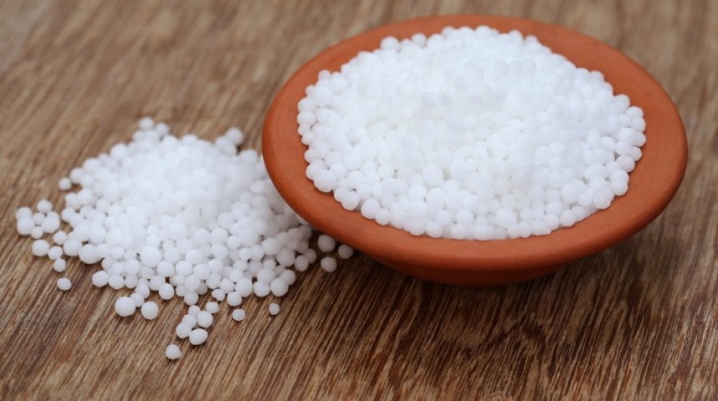
"Citovit" - a preparation with a large amount of important microelements in its composition, which increase the resistance of crops to diseases and adverse environmental conditions. The drug can be used in two ways:
- carry out seed treatment before planting;
- as fertilizer twice a month (until harvest).
An innovative drug is considered "Ava" - fertilizer based on volcanic soils. The drug helps to increase the yield and shelf life. Fertilizer is presented in granular or powder form. Application: distribute the drug over the ridges with carrots (closer to the roots).
It is also important to supply carrots with the following elements:
- phosphorus;
- potassium;
- nitrogen;
- magnesium;
- boron
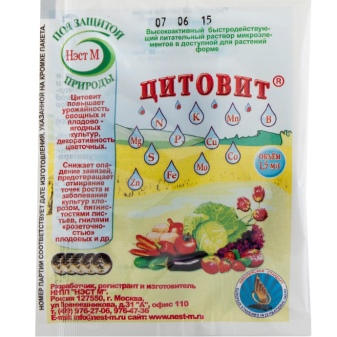
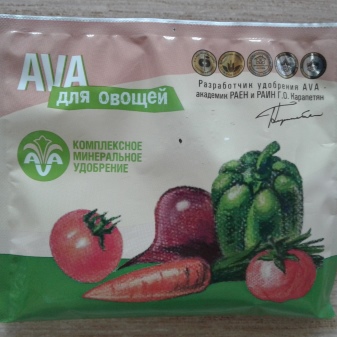
How to deposit correctly?
The use of fertilizers alone is not enough to ensure effective growth and development of the root crop. It is important to understand at what time you need to feed carrots with certain substances.
- At the beginning of the month. The stage of germination of carrot seeds lasts quite a long time, however, it is important to feed under the root within two weeks from the moment the small sprouts appear. It is during this period that the root crop receives all the necessary substances for landscaping and strengthening the root system. The composition for feeding can be selected according to the recommendations above, the main thing is not to hurt thin leaves during watering.
- In the middle. Two weeks later, you need to feed the root crop again with fertilizers containing potassium and phosphorus. In specialized shops for gardeners, you can buy a balanced composition. It is important to follow the manufacturer's recommendations when preparing the solution and watering.
- At the end. End of June - beginning of July - the time of the third feeding (20 days after the second stage). During this period, it is best to use dry products such as wood ash.By the way, you can use both powdered wood ash and its solution, the recipe for which is indicated above. The process of preparing such a product takes several hours.
Advice! After spreading the ash, loosen the soil for maximum effect.
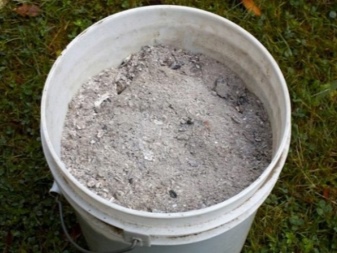

In the future, feeding the carrots is carried out already before harvesting, about a month in advance. To fertilize the root crop during this period, use a composition rich in potassium, or wood ash in the form of an infusion, as during the June feeding.
Advice! For good growth of a vegetable crop and a high-quality harvest, nutrients should be added at the time of watering or during rains so that the carrots can absorb all the nutrients.
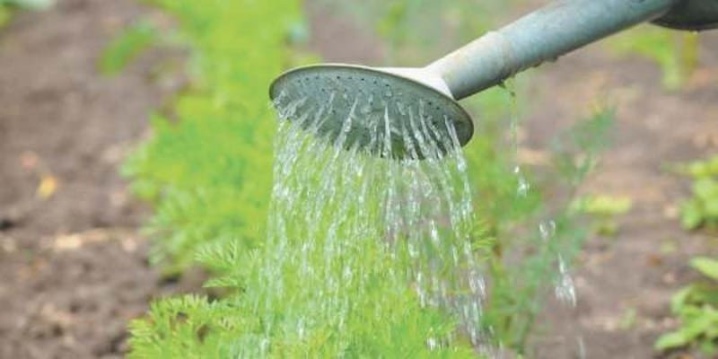
For information on how to feed carrots in June, see the next video.













The comment was sent successfully.